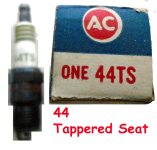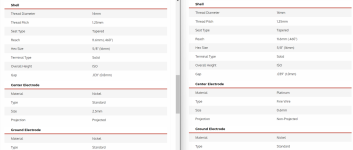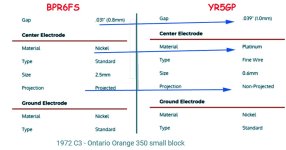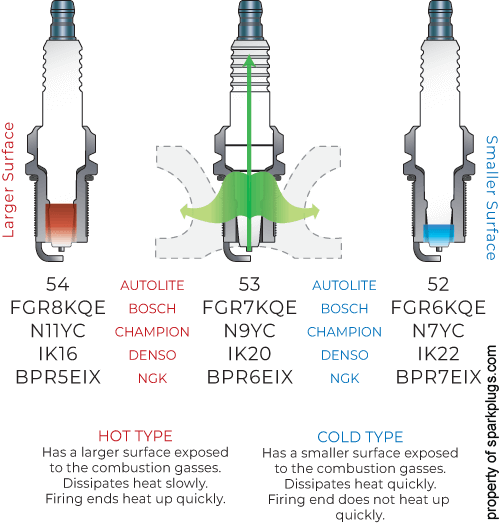Ok, so every time I touch my car I break something. Hot on the heels of my oil pressure gauge issue (fixed after a blow out of the line with some compressed air) I was taking the plugs out to clean them after it got flooded and managed to break one (think it may have been old and brittle).
It was a NGK BPR6FS
However, on the other side of the block I have
NGK YR5GP
Its an unmolested '72 small block 350.
What is the correct plug to use? And does anyone know the plug gap?
So that I'm not just taking from the forum, let me give back a couple of pics - it really is a thing of beauty.
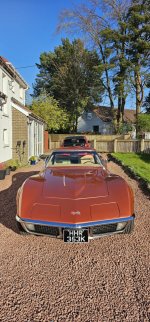
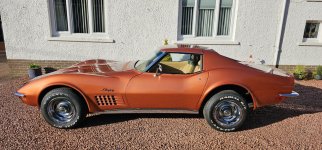

It was a NGK BPR6FS
However, on the other side of the block I have
NGK YR5GP
Its an unmolested '72 small block 350.
What is the correct plug to use? And does anyone know the plug gap?
So that I'm not just taking from the forum, let me give back a couple of pics - it really is a thing of beauty.




